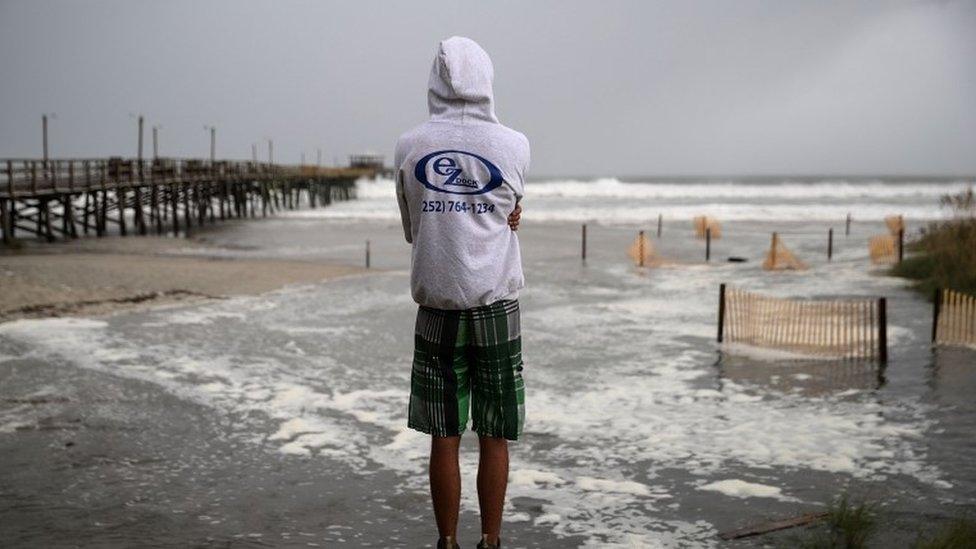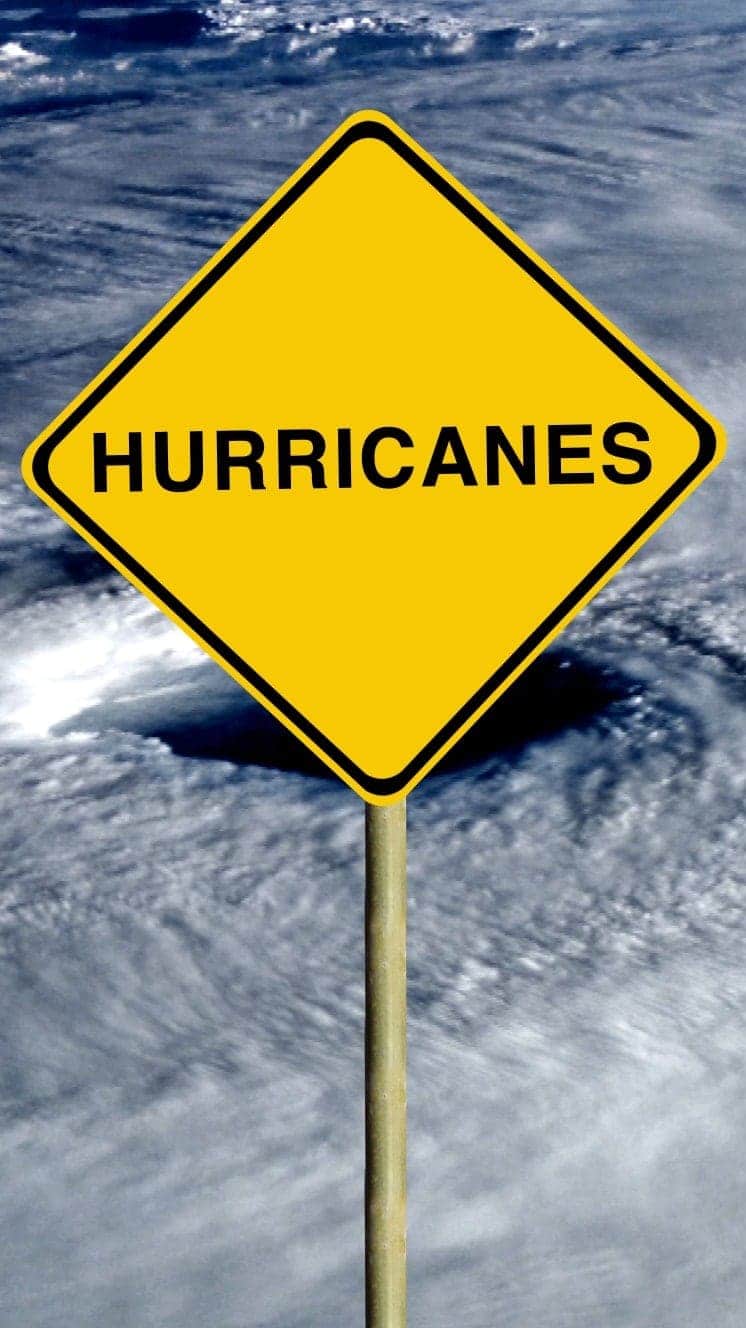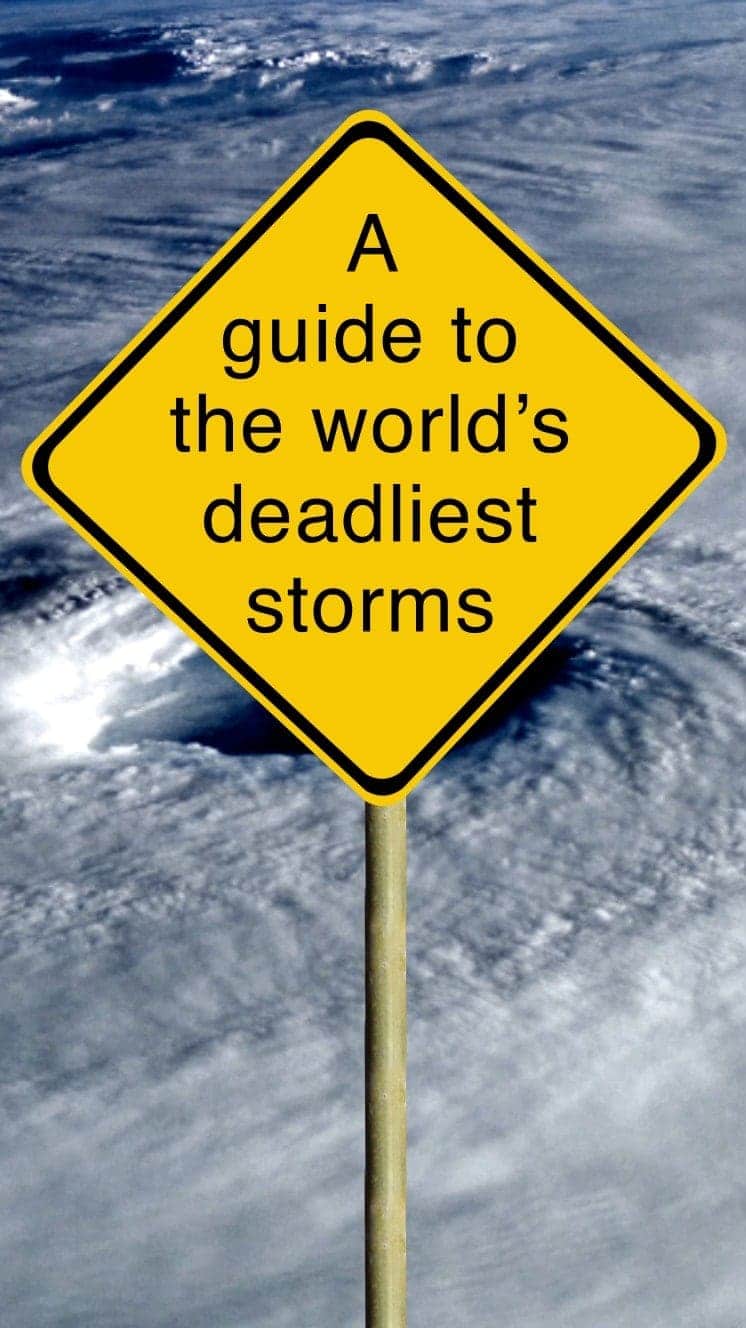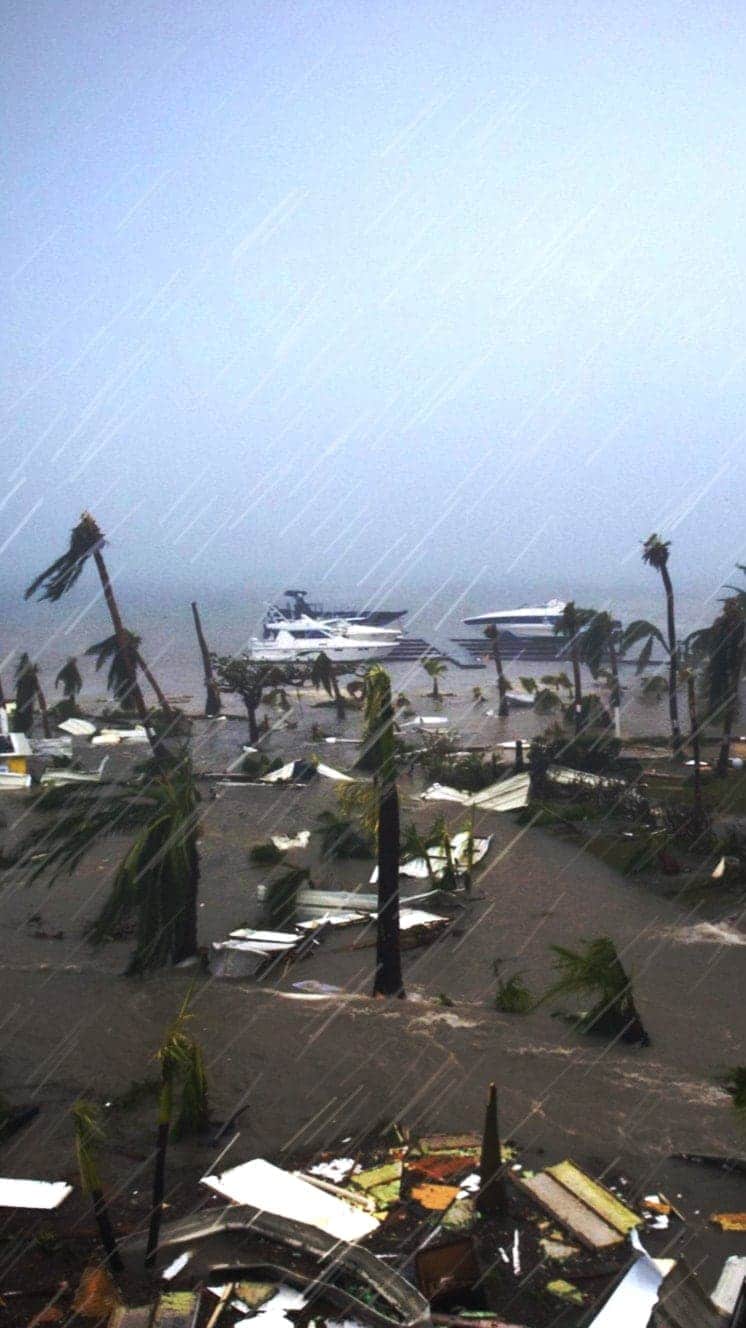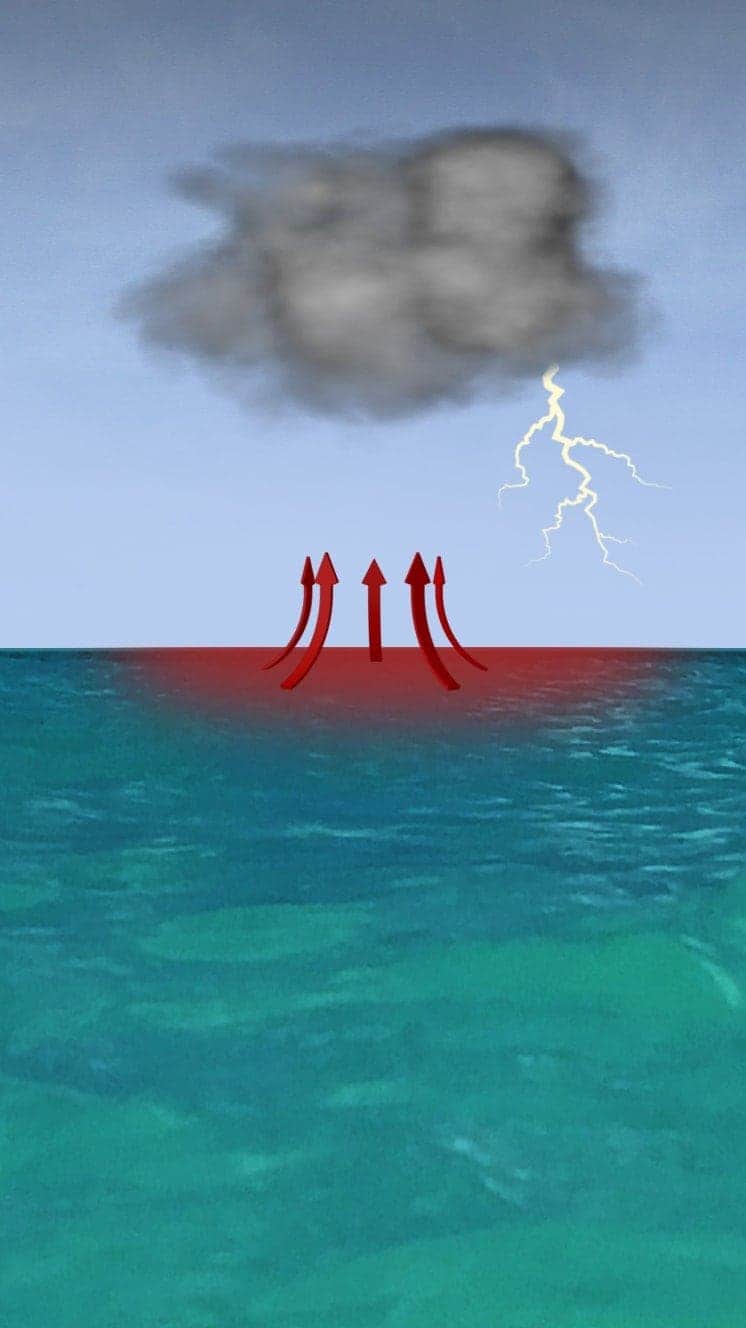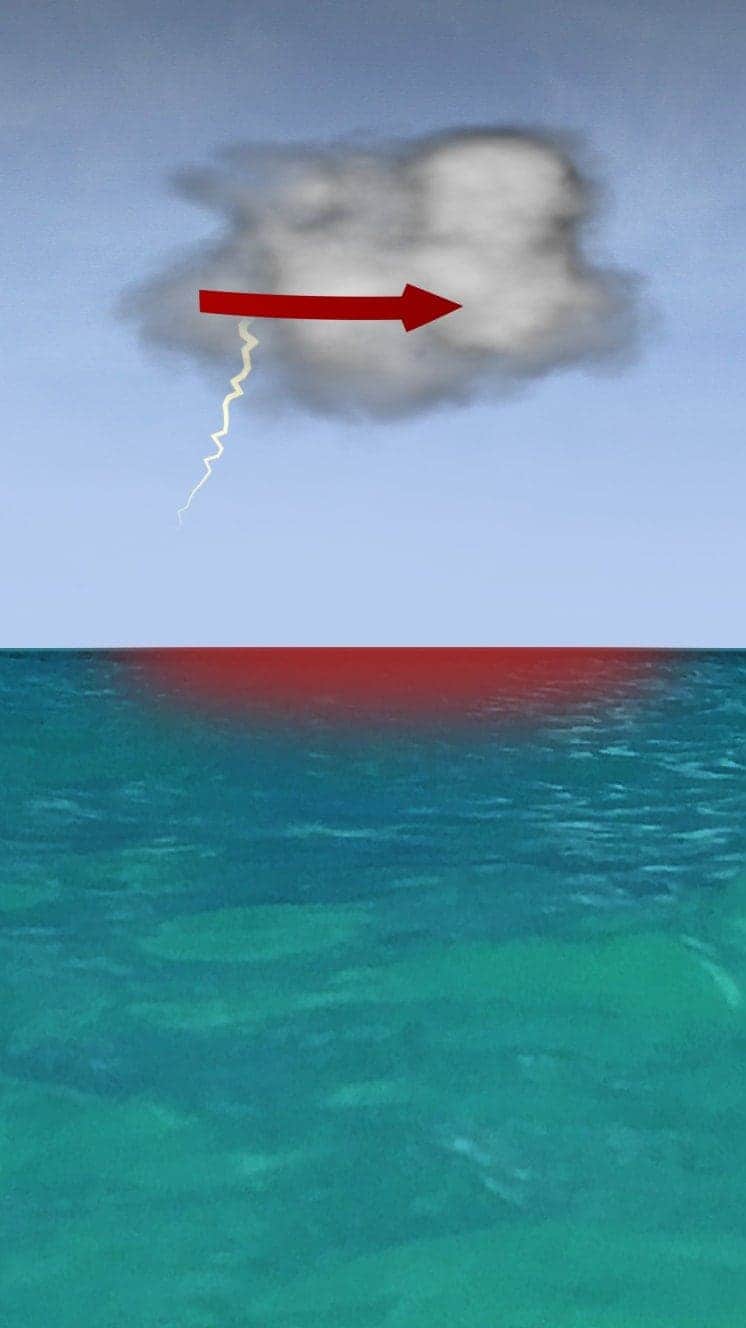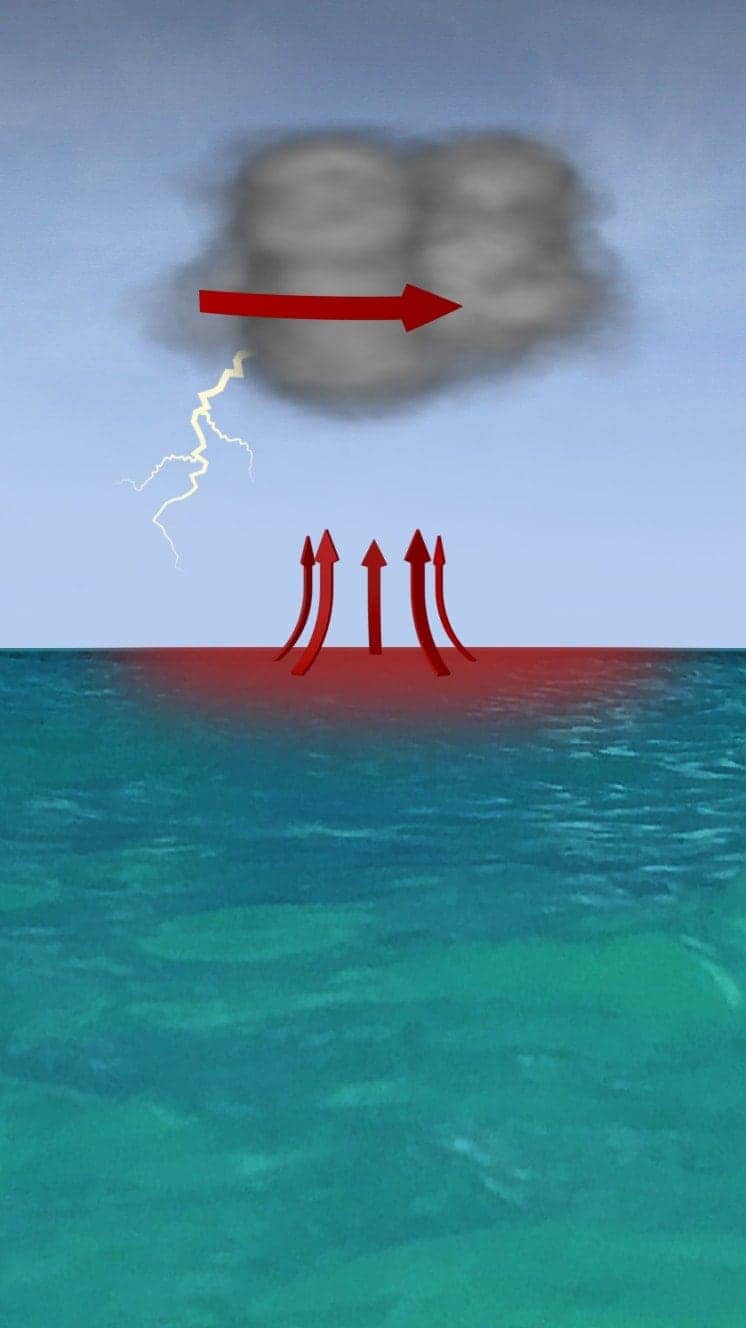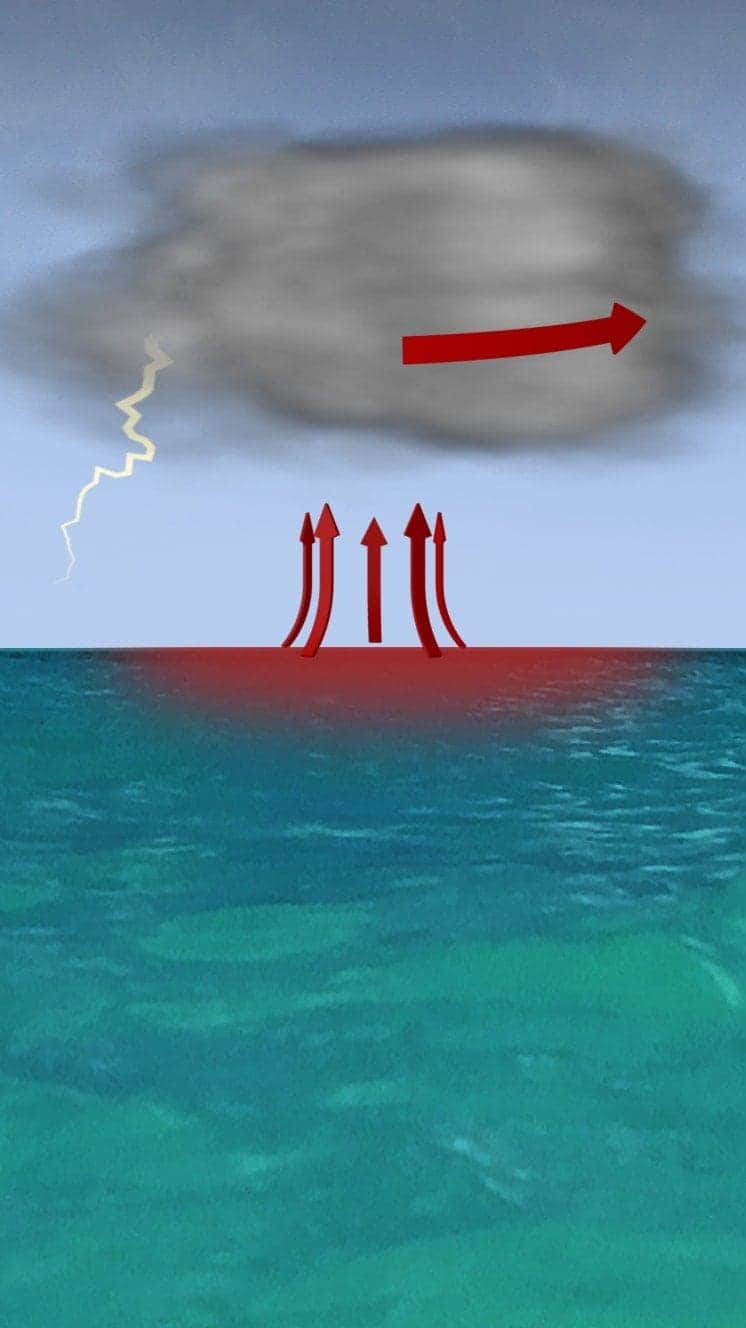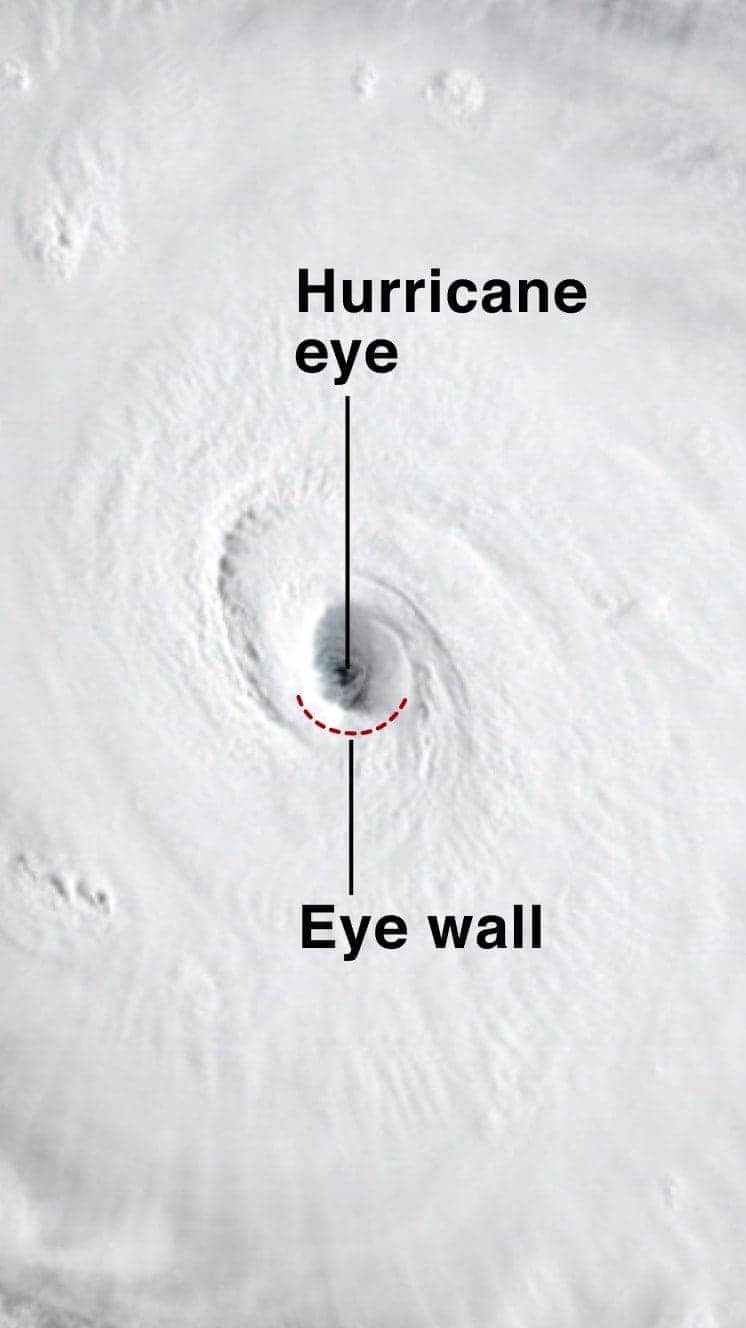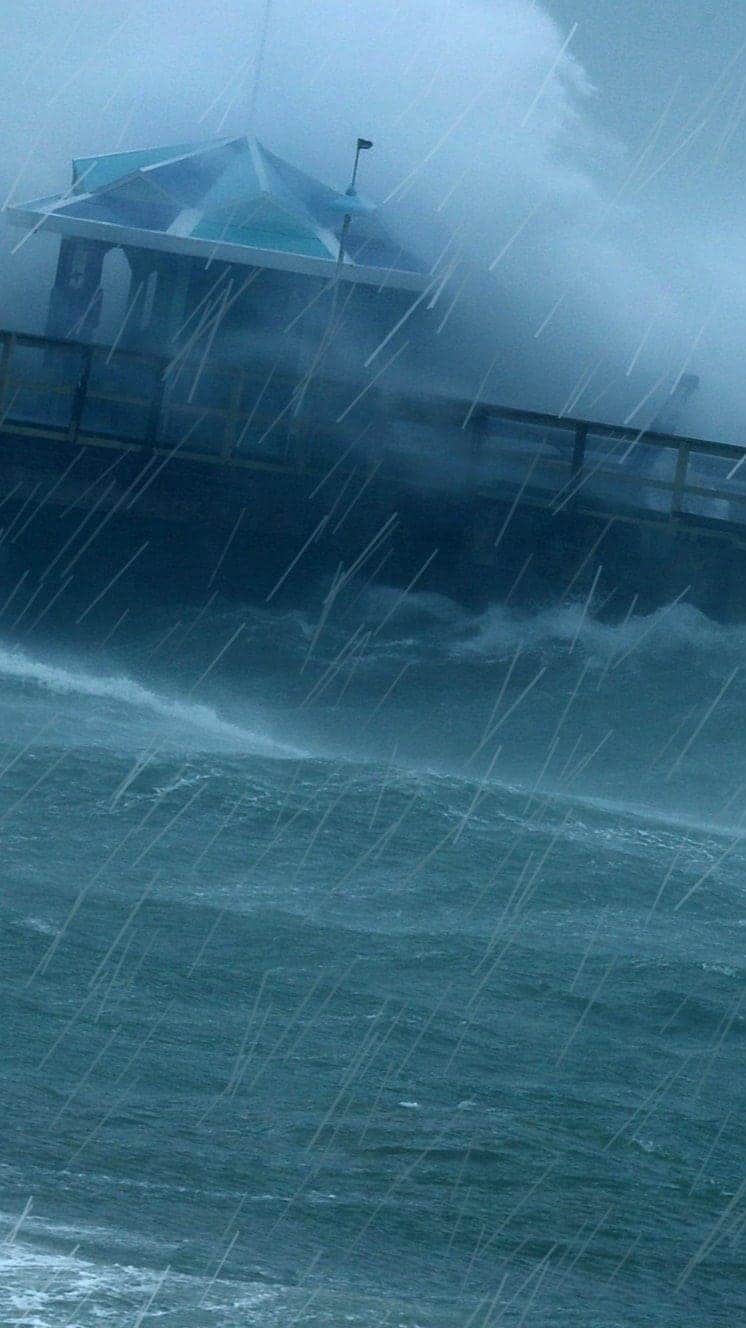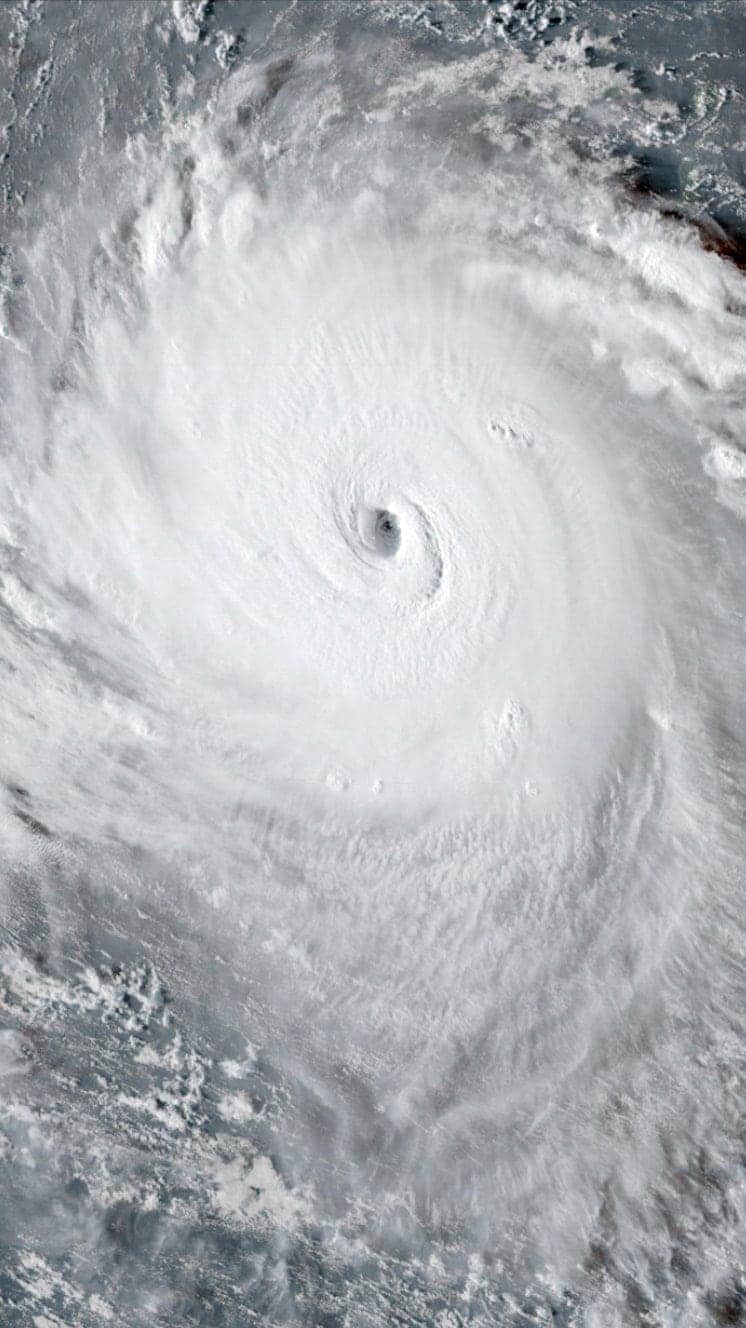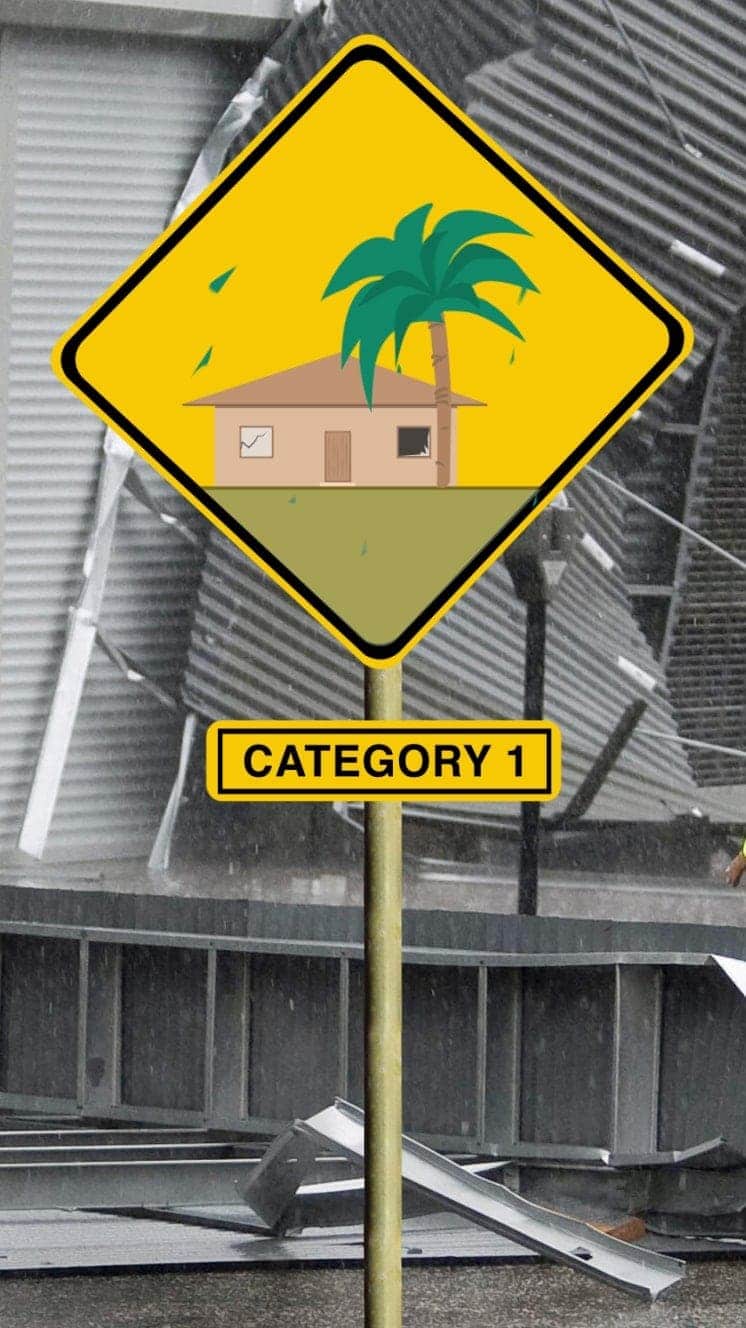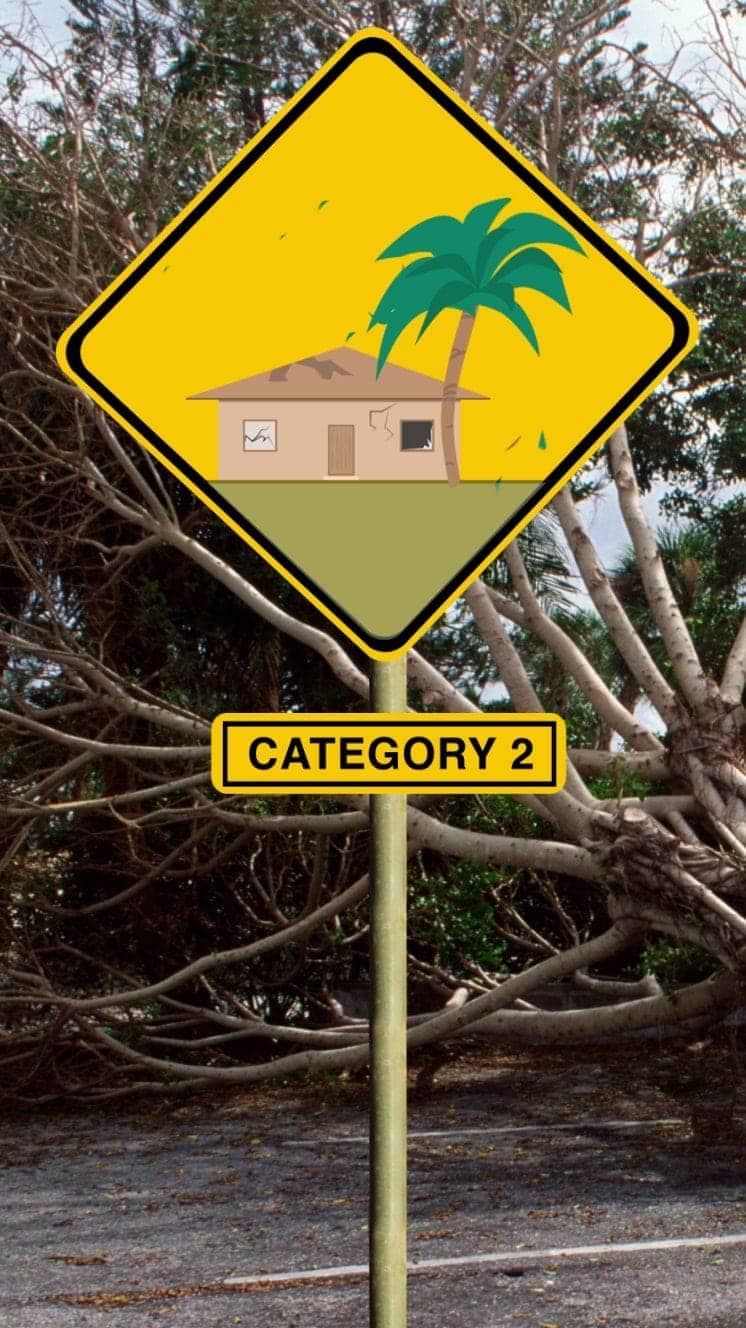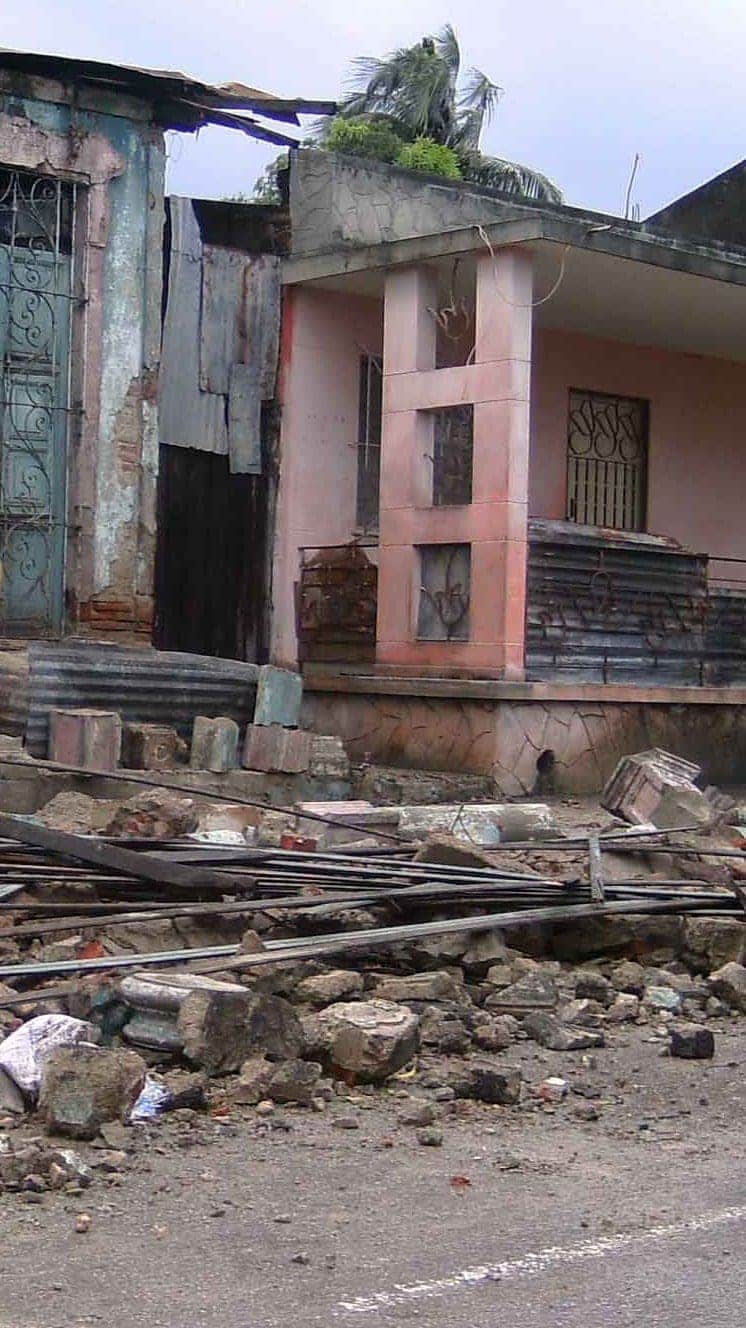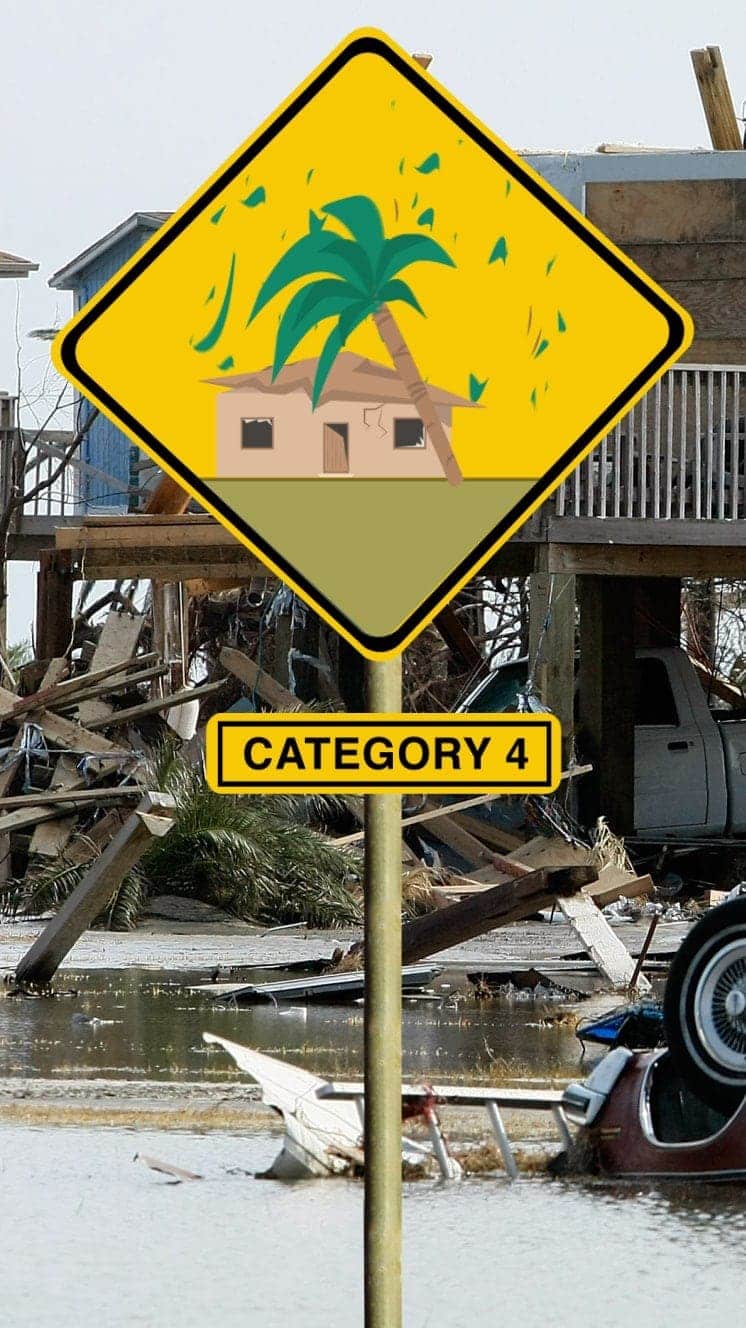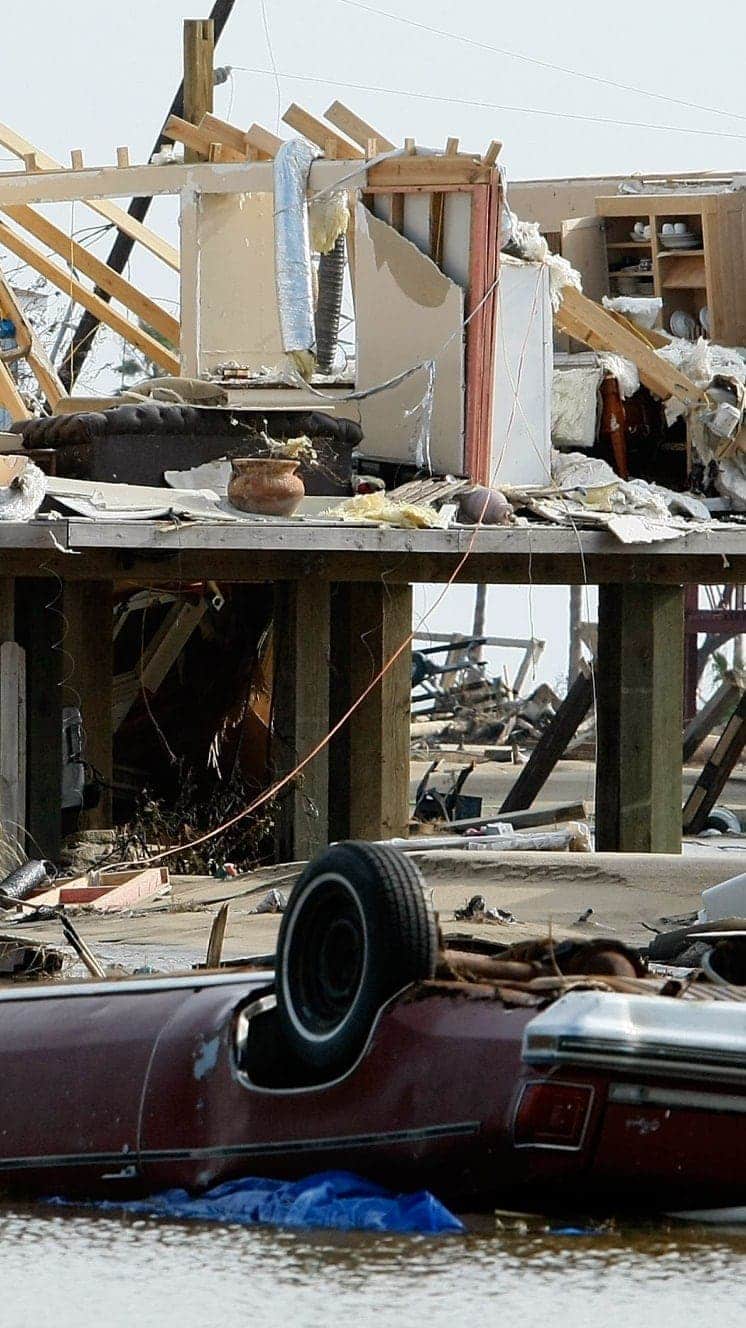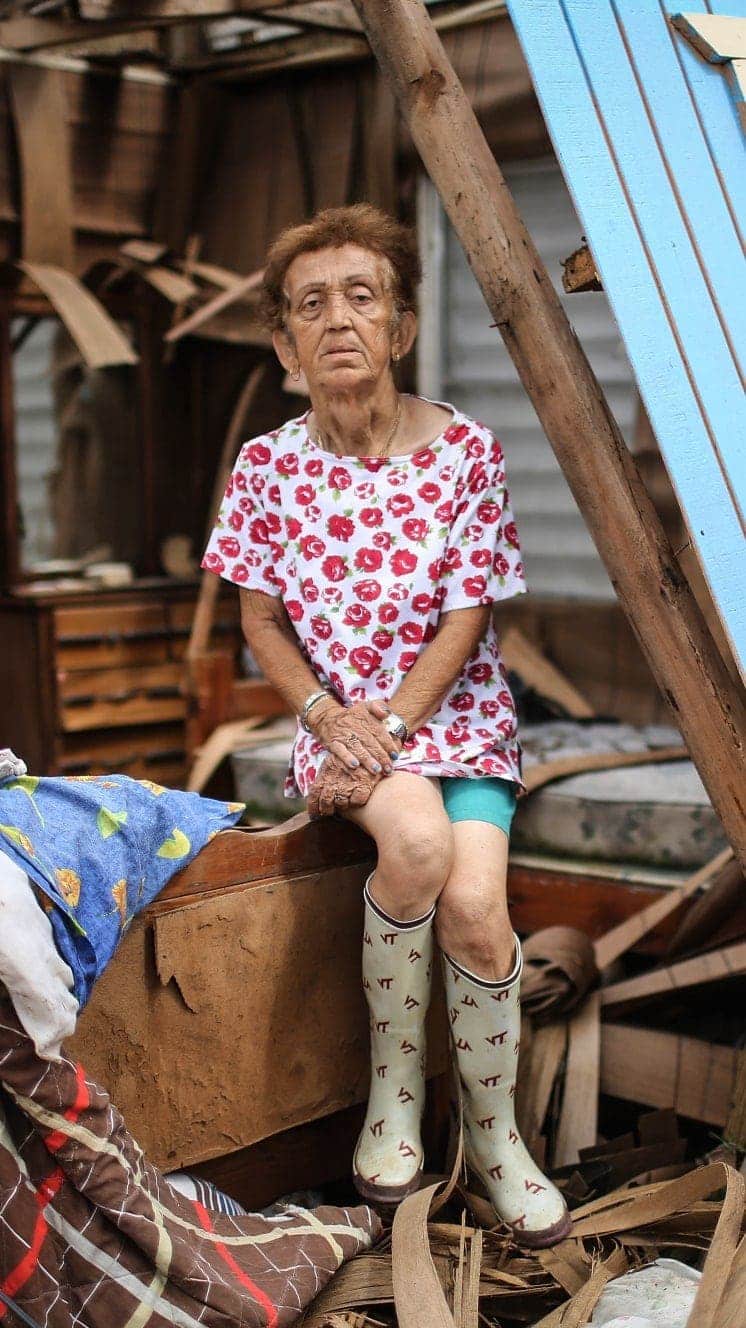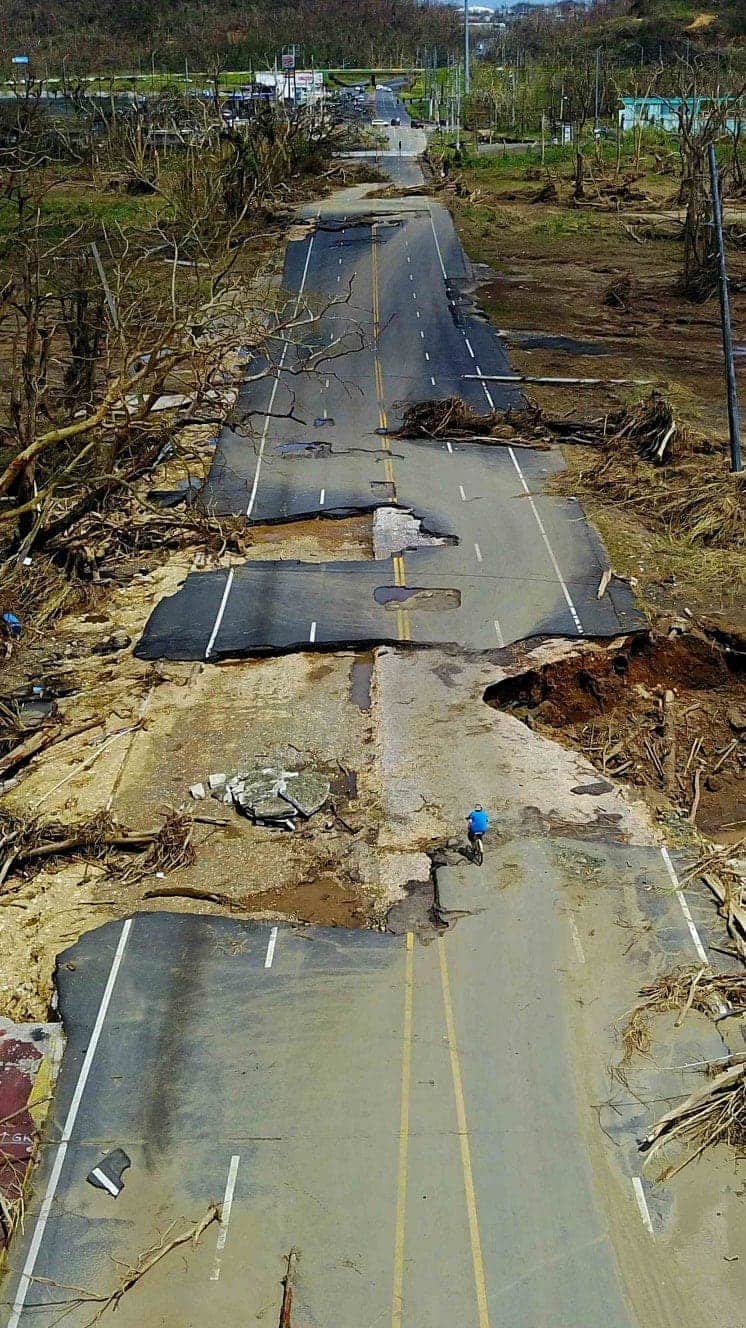Storm Florence: Disaster declared in North Carolina
- Published
Gusts & floods: the impact of the storm
US President Donald Trump has declared a disaster in North Carolina where a storm has killed 11 people amid warnings the worst is far from over.
Florence's top sustained winds have weakened to 45mph (72km/h) but it is projected to bring further catastrophic flash flooding.
Some towns have already had over 2ft (60cm) of rain, and forecasters warn that totals could hit 3.5ft (1m).
Nearly a million householders have no electricity in the Carolinas.
On the other side of the world, meanwhile, at least 14 people died as Typhoon Mangkhut ripped through the Philippines.
President Trump's disaster declaration for eight North Carolina counties frees up federal funding including grants for property repairs and low-cost loans to cover uninsured losses.
About 9,700 National Guard troops and civilians have been deployed with high-water vehicles, helicopters and boats.
The president may travel to the region next week, the White House has said.
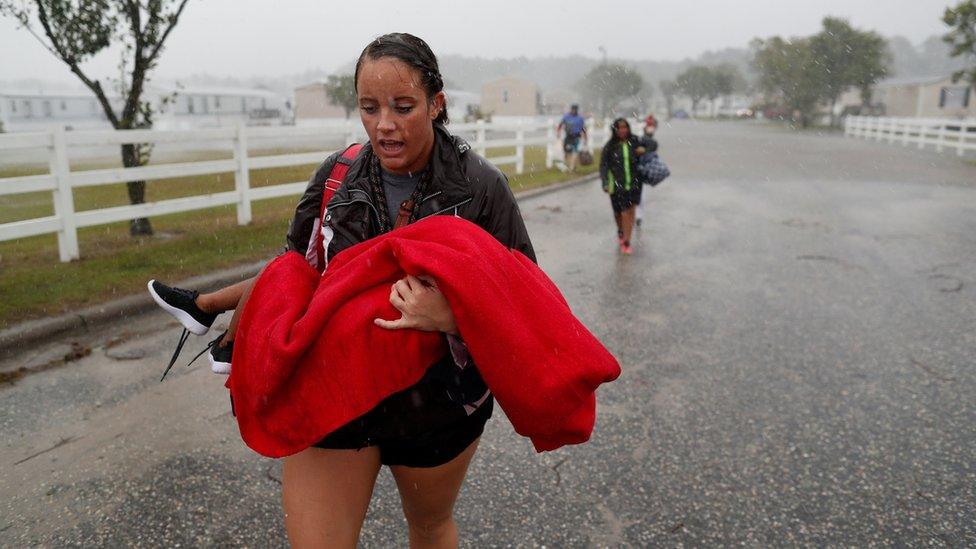
Cajun Navy volunteers rescued people from a flooded trailer community in Lumberton, North Carolina
What do we know of the victims?
Eleven people have died as a result of Florence, external, the Associated Press reports, quoting officials.
Among the fatalities in North Carolina:
A mother and her child were killed in Wilmington when a tree fell on their home on Friday. The infant's father was taken to hospital for injuries
A 78-year-old man was electrocuted in Lenoir County while attempting to connect extension cords
A 77-year-old man in the same county died when he was blown down by high winds while checking on his hunting dogs
A woman died from cardiac arrest in the town of Hampstead after emergency responders had their route to her blocked by downed trees
In South Carolina, a 62-year-old woman died when her car hit a tree that had fallen across a road in the town of Union.
How bad is the damage?
Nearly 950,000 customers have no electricity in the Carolinas, the News & Observer reports, external.
More than 22,600 people in North Carolina have been housed in 150 shelters such as churches, schools and a basketball arena.
The riverside town of New Bern (population 30,000) suffered massive flooding.

Aerial photos show the extent of the flooding in New Bern
"If you are not watching the waters they do rise very quickly, giving you very little time to get out," public information officer Colleen Roberts told BBC World News.
She said over 4,000 homes had been "destroyed or completely damaged", based on calls they had received for emergency services.
"That's preliminary at this point. And we have 300 businesses that are damaged or destroyed. We had a very popular lifestyle and winter wear company that people loved and the roof collapsed under the weight of rainwater," she said.
"New Bern is a quaint historic down town, about ten square blocks, and it was significantly under water during this storm in ways that most people have never seen since they've been here."
Where is the storm heading?
The centre of the storm moved slowly westward on Saturday across the Carolinas, bringing further heavy rain and flooding. the US National Hurricane Center says.
It is expected to weaken gradually as it moves inland, heading northwards through the Ohio valley by Monday.

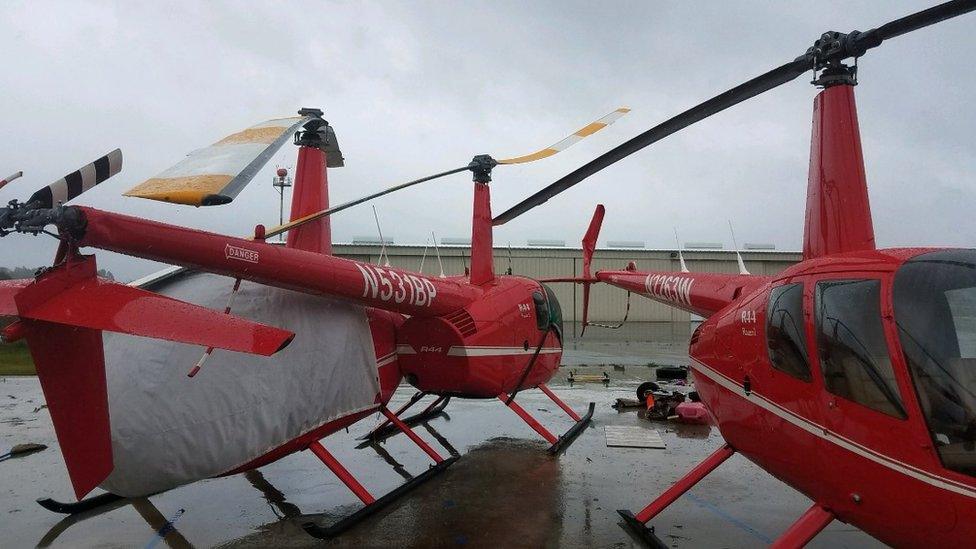
Aircraft including helicopters, an aeroplane and a microlight were damaged by high winds at Marion County Airport in Florida
The Federal Emergency Management Authority has said motorists should not attempt to drive through floodwaters.


"Just turn around and don't drown," officials said.
Florence made landfall in Wilmington, North Carolina, on Friday morning as a category one hurricane.
It was downgraded to a tropical storm later in the day.


Are you in the area? If it is safe to do so please tell us about your situation by emailing haveyoursay@bbc.co.uk, external.
Please include a contact number if you are willing to speak to a BBC journalist.
You can also contact us in the following ways:
WhatsApp: +447555 173285
Tweet: @BBC_HaveYourSay, external
Send pictures/video to yourpics@bbc.co.uk, external
Send an SMS or MMS to 61124 or +44 7624 800 100
Please read our terms and conditions and privacy policy
- Published13 September 2018
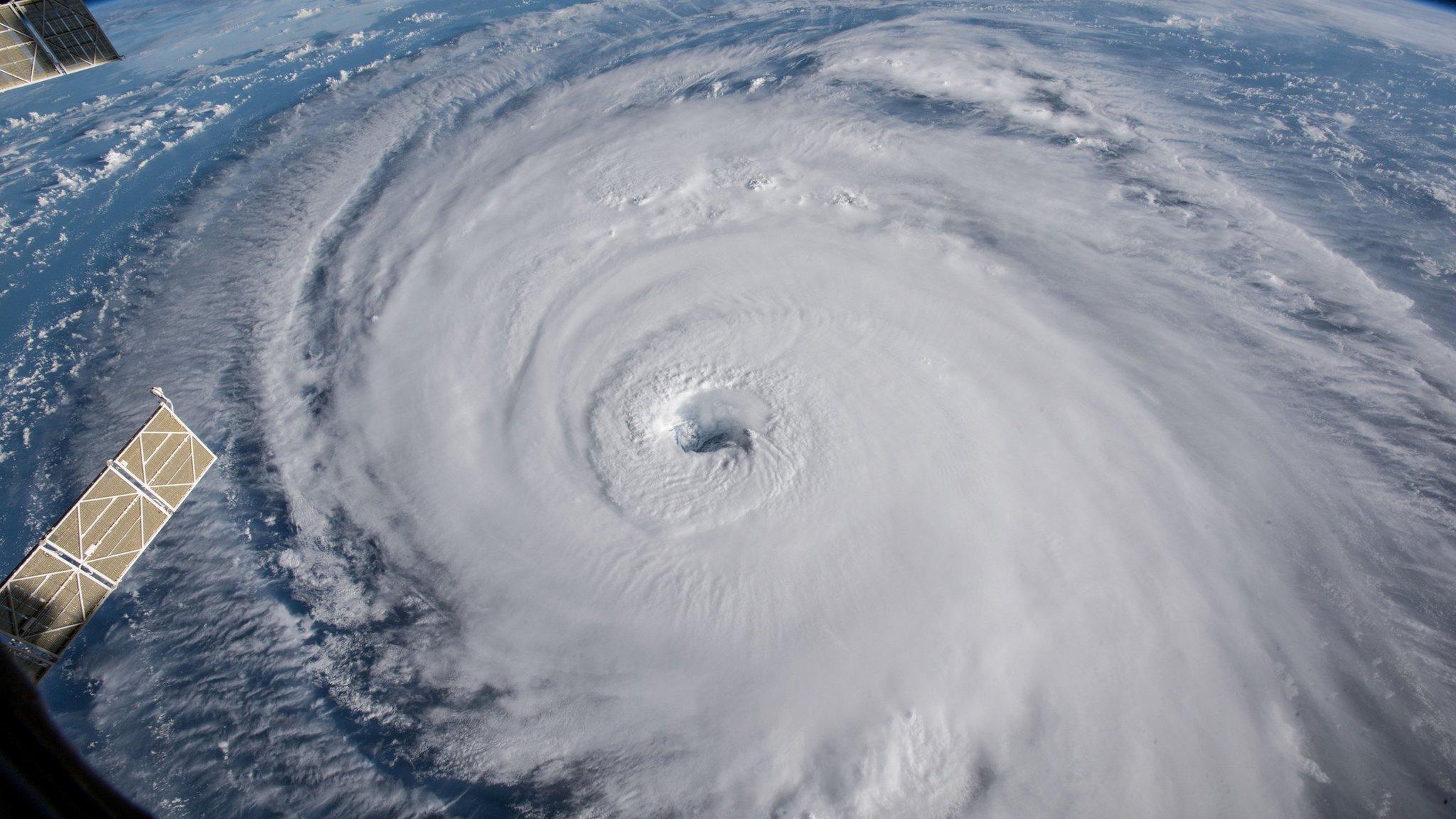
- Published12 September 2018
